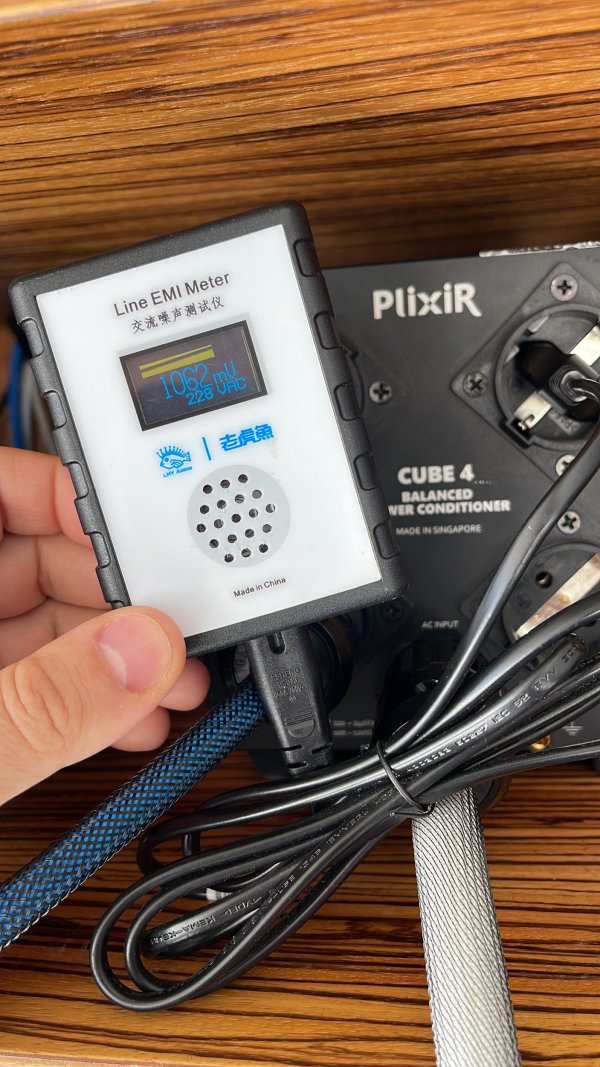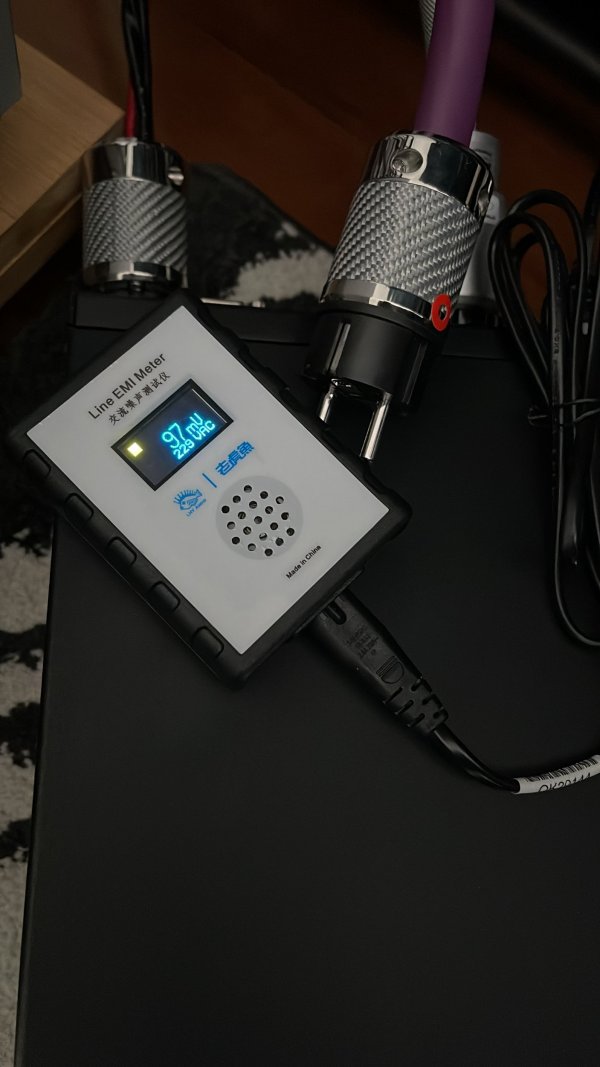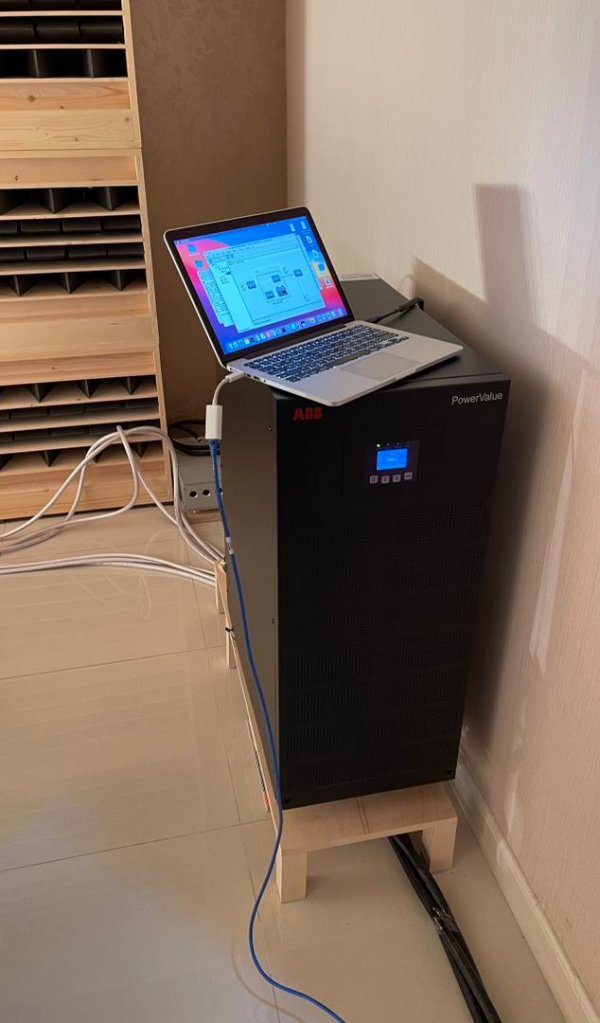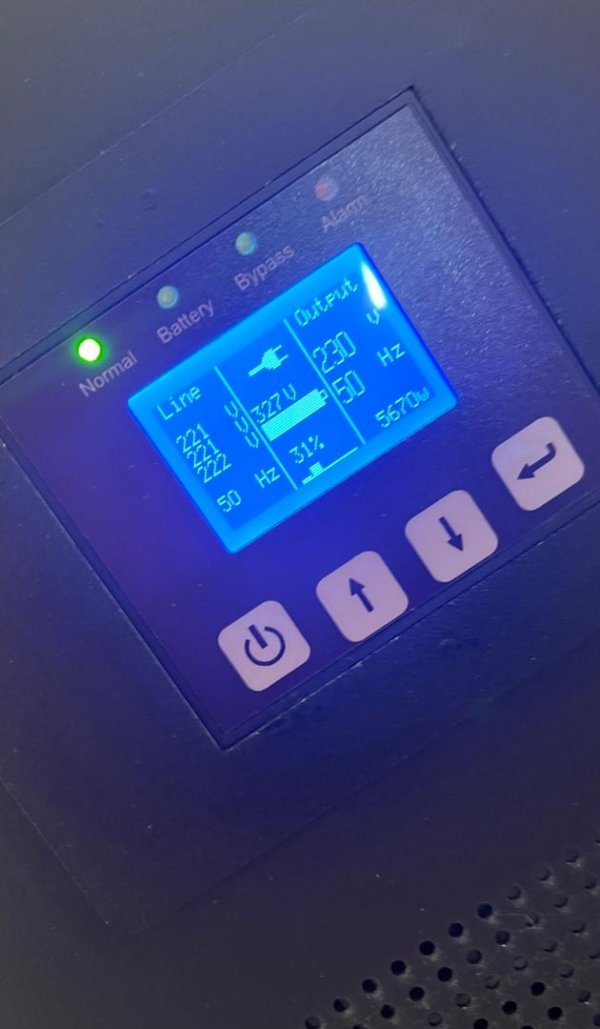A regenerator, let's call it an inverter, cause that's what is really is, may do something and it's usually switching noise around the 1kHz-3kHz mark. This noise is created by the capacitive coupling between the case of the IGBT/FET/Bipolar transistor and the case, usually a heatsink. Either you float the heatsink or the output somehow above ground to stop common mode noise, or there's an isolation transformer on the output to kill common mode noise.
Some UPS have a transformer, many do not, at 1.5kVA to 3kVA as encountered in audio systems, probably not fitted as they are heavy and expensive. That switching noise is conducted emissions, you could filter that out, since it's a fixed frequency. The trade off is that it's not quite fixed frequency as the output voltage needs regulation due to load imposts, so the switching frequency will need to be varied and a broader band filter will need to be designed.
I thought about a UPS over a dedicated line, but the noise both conductive and acoustic problems would cause more headaches. In addition, the best output THD for a UPS is best 5%, the raw THD at my house from the street is less than 2%, so don't need further distortion.
The use of isolation transformers like the Topaz are simple, yet very effective devices, especially in balanced output. One could argue that an isolation transformer robs dynamics from the music, but this is dependant on the cabling between the transformer and the audio system being of sufficient size to cope with the 25% duty cycle that power amps draw, and the output impedance of the secondary of the transformer should provide sufficient voltage regulation to avoid excessive voltage drops when the rectifiers start to kick in current at about 60deg (something). This is a matter of dimensioning the transformer correctly in the first place.






